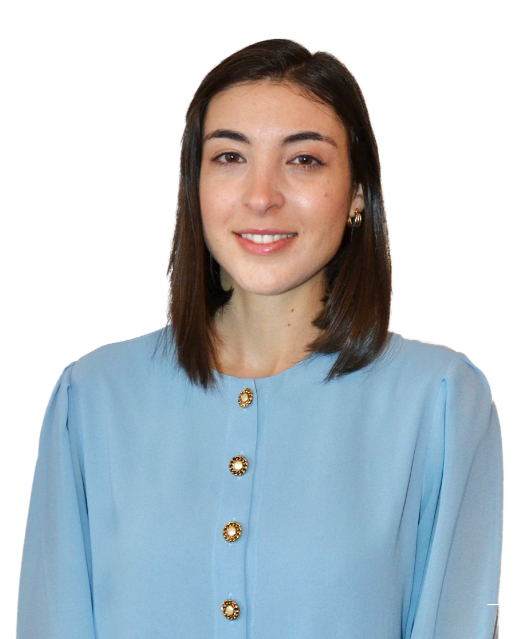Nutrition literacy is a key component of health literacy and has been associated with healthier eating practices. However, its measurement poses some challenges and difficulties. Although there are already some instruments that assess nutritional literacy validated for the Portuguese population, most of them are difficult to apply to people with low educational levels, or evaluate only theoretical knowledge, not directly reflecting the relationship between this knowledge and the ability to make healthy food choices. Thus, this project aims to develop and validate a nutrition literacy measurement instrument based on photographs for use in the Portuguese adult population. This study includes the following specific objectives:
(1) develop the first version of the instrument;
(2) evaluate the content validity and internal consistency;
(3) assess construct validity; and
(4) evaluate reproducibility.
This instrument aims to assess the ability to identify foods with distinct nutritional composition. The instrument will include 4 nutritional parameters to be assessed: salt, sugar, trans fatty acids (TFA) and energy, whose excessive consumption is associated with an increased risk of chronic non-communicable diseases. The initial version of the instrument will include 128 sets of 3 photographs (32 sets for each parameter). In each set, participants will be asked to choose the photo corresponding to the food with the highest amount of salt, sugar, TFA (named as “unhealthy fats”) and energy (named as “calories”). The construction of the sets of 3 photographs will be based on a database of nutritional composition. The selected foods will be divided into tertiles (high, medium and low) for their content per serving in salt, sugar, TFA and energy. A total of 32 combinations of 3 foods from different tertiles will be randomly generated for each parameter to evaluate. Content validity will be assessed using a panel of 6 nutritionists, who will classify each set as to its relevance. A pre-test will be carried out on a convenience sample of 9 people of different levels of education, with the aim of assessing the understanding of the instrument by the population. The version of the instrument produced after the pre-test will be applied to a sample of 200 people, belonging to 6 groups defined according to their academic training/education, with the aim of assessing the instrument’s internal consistency.
In the same sample, the construct validity will be tested using 2 criteria:
(1) convergent validity, i.e. comparison with other health and nutrition literacy measuring instruments validated in the Portuguese population, NVS (Newest Vital Sign) and METER (Medical Term Recognition Test);
and (2) divergent validity, i.e. association with educational level and academic training, assuming that the scores will be higher in nutritionists, followed by people with higher education in health, and gradually decrease with decreasing education levels. One month later, the instrument will be applied to the same participants, and its reproducibility will be tested by calculating the intra-class correlation coefficient. At all stages, data on sex, age, education, area of training, occupation, frequency of cooking, weight and height (self-reported) and previous diagnosis of diet-related non-communicable diseases will be collected.
All procedures will be carried out in order to guarantee strict compliance with ethical standards, as well as data protection and security, in accordance with national and international laws. This project was approved by the ISPUP Ethics Committee. Because it is based on photographs of commonly available and easily recognizable foods, this is an innovative tool that allows an easy and equitable assessment of nutritional literacy at all educational levels, including the least literate groups. In the future, this instrument could be used as part of a health surveillance system, or as a tool to assess the success of interventions aimed at improving the population’s nutrition literacy.






